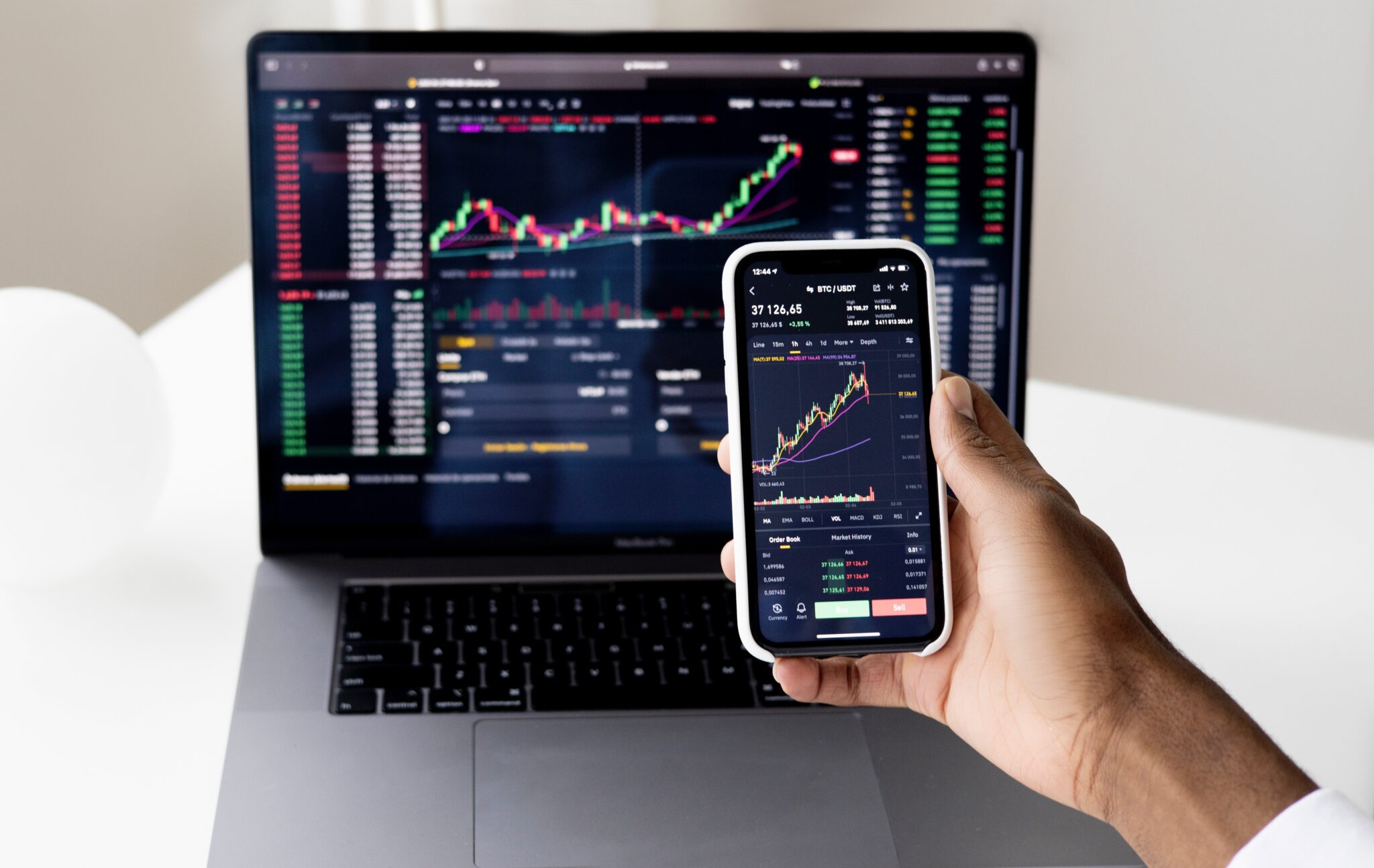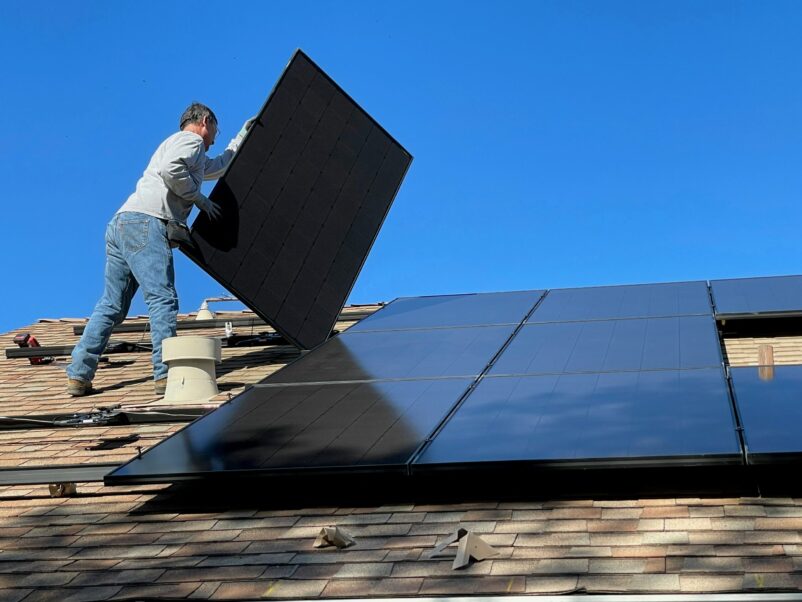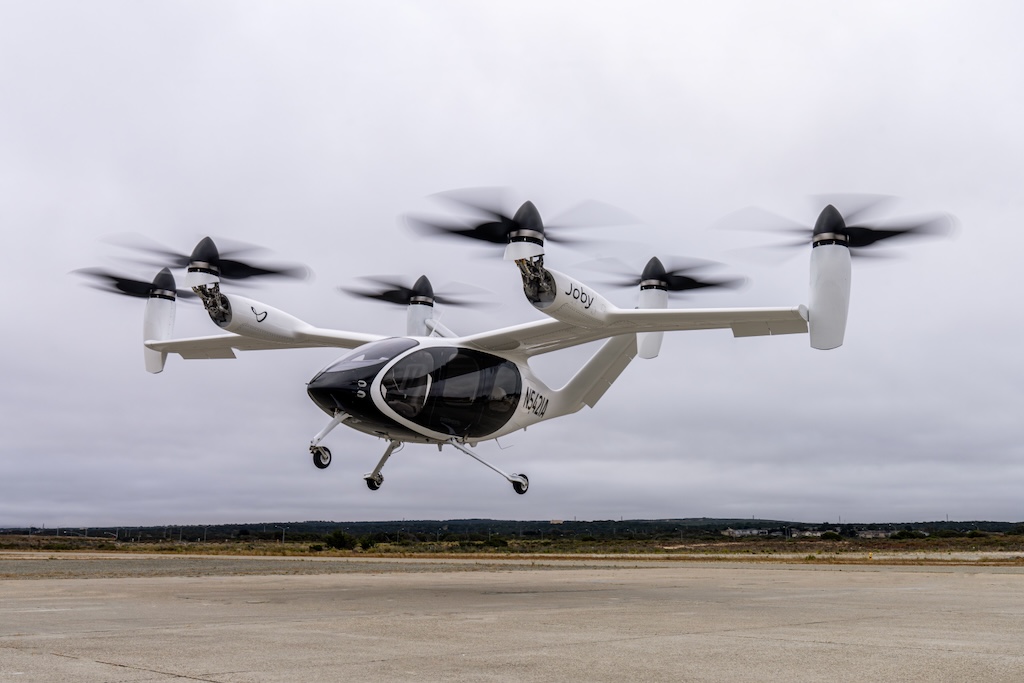The COVID business cycle is largely behind us. It began with a crash in the economy and financial markets. Then came a spectacular rebound due to unprecedented government stimulus, as well as pent-up demand as people resumed going out and about.
Real GDP fell at an annual rate of 30% in the first quarter of 2020, rebounded nearly as much in the following quarter, and then grew by a robust pace of close to 6% in 2021.
This was followed by a year of sluggish growth as the Federal Reserve reversed course and raised rates at the fastest pace in 40 years—just as fiscal policy tightened passively due to the expiration of most of the COVID stimulus programs. The economy managed to avoid recession, but growth slowed to a pace of only 1% last year.

The question now is: Where do we go from here? GDP growth in the first quarter was recently revised up from 1.3% to 2%, and there are a number of reasons to believe that this may be the beginning of a pickup in the pace of economic activity.
The Economy Is Likely to Look Better in Coming Months
Housing and manufacturing—the interest-rate-sensitive, cyclical sectors that were crushed last year and largely responsible for the economic slowdown—have bottomed and are turning up. Housing has rebounded already: All the activity data—from sales to construction starts to permits—have moved up since the start of the year.
Manufacturing—and the goods economy at large—remains in the doldrums but is likely to improve over the next several months. While production indicators have stabilized at low levels, the demand for goods is improving, and inventories have already adjusted. Car sales, for example, are up 17% so far this year.

Meanwhile, the service sector—which accounts for around three quarters of the US economy—remains strong and still has legs, as people are continuing to make up for lost time experienced during the pandemic. Household income is being bolstered by continued job growth and the fact that wages have recently begun to grow faster than inflation, which in turn is supporting consumer spending. In addition, households have not yet exhausted the $2 trillion-plus in excess savings that were built up during the pandemic.
Finally, fiscal policy has become expansionary again. The budget deficit as a percent of GDP collapsed from 15% in fiscal year 2020—the highest by far since WWII—to 5.5% in the fiscal year ended in September 2022, due to the expiration of the many COVID support programs. Over the past 12 months, however, the budget deficit has jumped to around 8% of GDP, which amounts to significant fiscal stimulus. For reference, it was 4.6% in fiscal year 2019 and has averaged 3.5% over the past 50 years.
Core Inflation Is Likely to Soften this Summer, Despite Stronger Growth
Headline inflation—which is what really matters to households—has already dropped sharply. But the decline in core inflation (that is, excluding food and energy), which is what the Fed targets, stalled in the first half of this year. The headline Consumer Price Index has fallen from 9% year-over-year to 3% in June, while Personal Consumption Expenditures inflation (the Fed’s preferred measure), has fallen from 7% to 3.8% in May.
Even more striking is that headline inflation has risen at an annual rate of only 2.5 % over the past 3 months. Core inflation, however, has fallen much more modestly, from 6.6% year-on-year to 4.8% for the CPI and from 5.4% to 4.6% for the PCE. Over the past 3 months CPI has run at an annual rate of around 3.5%.
While core inflation remains well above the Fed’s 2% target, it is likely to continue to make progress over the summer.
The PPI (prices that producers pay for their inputs)—which is a leading indicator of inflation—has been declining since November. In addition, the PPI for intermediate goods—those used in the process of production that are a solid predictor of final goods prices—has been falling even more sharply.
Meanwhile, used car prices have fallen dramatically, which has just begun to show up in the inflation data. (They had spiked in the first half of the year due to China’s COVID shutdown and a lull in global chip production.)
Although shelter costs have already slowed sharply, inflation data lag actual changes. (The CPI, for example, uses a 6-month average for monthly inflation changes.) Rents have slowed from a pace of 20% growth in mid-2021 to around 1% over the past 8 months, pointing to softening in this large core inflation component going forward.
Wage growth is clearly a concern for the Fed, and it has accelerated recently. But it was running well below inflation for many months, suggesting that the recent pickup is probably just catch-up. With headline inflation having fallen sharply, the recent acceleration in wages should be short-lived. Moreover, the pace of wage increases has not been alarming. Average hourly earnings rose at an annual rate of around 3.5% in Q1 and accelerated by about a percentage point in Q2. Wage growth typically exceeds inflation by at least a percentage point due to productivity growth, so a 4.5% pace should not be a major concern.
The Fed Is Likely to Go on Hold Even as the Economy Rebounds
Recent statements by Fed officials have been perceived as hawkish, and markets have finally adjusted to the reality that the Fed is very unlikely to cut rates this year. Fed chair Jerome Powell noted in Congressional testimony that two more rate hikes this year are probably a “good guess.” In addition, the minutes for the last Federal Open Market Committee meeting (in which the Fed held rates steady) showed that several participants supported a rate hike. All of this suggests that the Fed will deliver another quarter-point rate rise at the next FOMC meeting in late July.
Following one more rate hike, the Fed is likely to go on hold if core inflation moves down over the next few months, as we expect. While Fed officials have left the door open for further rate hikes, Powell implied that the Fed will be patient about achieving its 2% core inflation target. He noted that getting there would be a long process, and he didn’t expect it to happen this year or next. This suggests that the Fed will be satisfied merely to see progress toward its objective over the next year or two.
In sum, the economy looks to be recovering from a period of very sluggish growth, while forthcoming inflation numbers should provide comfort to the Fed (as well as financial markets) that progress is being made toward its inflation objective. Stronger economic growth and lower inflation is an attractive combination that accounts for the continued strength in the stock market.










